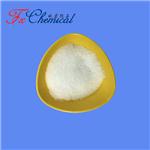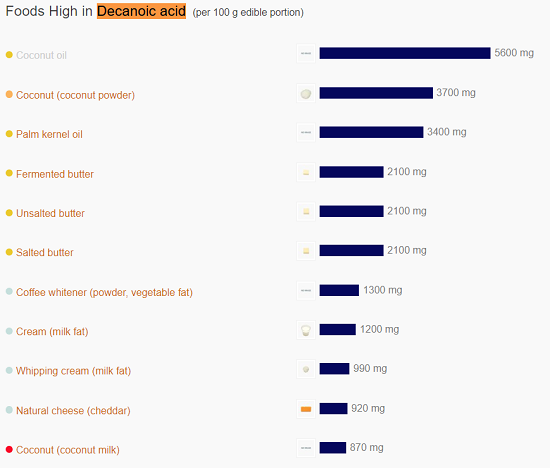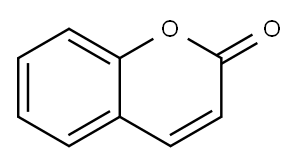What is the role of coumarins in blood clotting?
Aug 28,2024
Coumarin (1,2-benzopyrone or 2H-1-benzopyran-2-one) and coumarin derivatives are natural compounds widely available in plants as a heteroside or free form. A total of 800 coumarin derivative compounds that were naturally found were obtained from about 600 genera of 100 families to date. Coumarin and its derivatives are frequently found in the seeds, roots and leaves of many plant species belonging to families (especially Rutaceae and Apiaceae) in the Dicotyledonae class of the division of Spermatophyta. It was originally isolated from Melilotus officinalis and is a natural substance in plants. Coumarin is widely found in cinnamon, soybean sprouts, strawberries, and cherries.

Coumarin can be used as a spice and in medicine as a flavouring agent. The coumarin derivative warfarin is used to kill rodents, and this drug has anticoagulant functions. Coumarin drugs are structurally similar to vitamin K. Coumarin-like drugs bind to vitamin K epoxide reductase complex 1 in the liver and block the conversion of inactive oxidative vitamin K into active reducing vitamin K. Active vitamin K is involved in the effects of coagulation factors II (reducing prothrombin production), VII, IX, and X. One side effect of warfarin is bleeding, which may be caused by its interaction with other drugs or food, resulting in enhanced anticoagulation effect. Coumarins are effective for the prevention and treatment of venous and arterial thrombosis but may cause bleeding (especially if overdosed) or thrombosis (especially if under-dosed)[1].
Hemostasis is a process in which a series of reactions occur in the body to stop wound bleeding. The process of hemostasis is divided into three steps: vascular spasm, platelet plug formation, and clot formation. Coagulation is part of the hemostasis process. Coagulation (or clotting) is how blood thickens into a gel-like consistency. This is the body’s way of stopping bleeding when needed. The coagulation cascade is divided into intrinsic and extrinsic pathways, which converge to a final common pathway to activate factor X, leading to fibrin formation. The intrinsic pathway consists of factors I, II, IX, X, XI, and XII. The extrinsic pathway consists of factors I, II, VII, and X. The common pathway consists of factors I, II, V, VIII, and X. Many factors circulate in the blood as zymogens and are activated into serine proteases. These serine proteases act as catalysts, cleaving the next zymogen into more serine proteases and finally activating fibrinogen. Researchers have explored the anticoagulant mechanism of coumarin derivatives primarily to inhibit the activation of coagulation factors[2].
Lu et al. investigated the effects of six coumarin derivatives on the platelet aggregation induced by adenosine diphosphate (ADP). We found that the six coumarin derivatives inhibited the active form of GPIIb/IIIa on platelets and hence inhibited platelet aggregation. We found that 7-hydroxy-3-phenyl 4H-chromen-4-one (7-hydroxyflavone) had the most severe effect. In addition, the downstream signal transduction of the ADP receptor was further analyzed, including the release of calcium ions and the regulation of cAMP, which were inhibited by the six coumarin derivatives selected in this study. These results suggest that coumarin derivatives inhibit coagulation by inhibiting the synthesis of coagulation factors and may also inhibit platelet aggregation.
References:
[1] F. DENTALI M C W AGENO. Treatment of coumarin-associated coagulopathy: a systematic review and proposed treatment algorithms[J]. Journal of Thrombosis and Haemostasis, 2006, 4 9: 1853-2101, xiv. DOI:10.1111/j.1538-7836.2006.01986.x.
[2] PING-HSUN LU. Coumarin Derivatives Inhibit ADP-Induced Platelet Activation and Aggregation.[J]. ACS Applied Energy Materials, 2022. DOI:10.3390/molecules27134054.
- Related articles
- Related Qustion
- Uses of Coumarin Jan 12, 2022
Coumarin is a naturally occurring Benzopyrone compound. It is found in a large number of plants belonging to many different families including tonka beans, woodruff, lavender oil, cassia, melilot (sweet clover), and other plants.
- Coumarin Metabolism, Toxicity and Carcinogenicity Nov 18, 2019
Coumarin is a natural product which exhibits marked species di?erences in both metabolism and toxicity. The majority of tests for mutagenic and genotoxic potential suggest that coumarin is not a genotoxic agent. The target organs for toxici
- Coumarins — An Important Class of Phytochemicals Nov 18, 2019
Among them, coumarins are a family of benzopyrones (1,2-benzopyrones or 2H-1-benzopyran-2-ones) widely distributed in the nature. They represent an important family of naturally occurring and/or synthetic oxygen-containing heterocycles, bea
Supplementation with pyridoxal 5'-phosphate monohydrate can synthesize neurotransmitters such as dopamine and serotonin, maintaining a healthy nervous system.....
Nov 4,2025Biochemical EngineeringDecanoic acid is also one of the major components of the ketogenic diet (KD) and plays an important role in it.....
Aug 28,2024Organic AcidsCoumarin
91-64-5You may like
- Synephrine: use,mechanism and risk assessment
Nov 3, 2025
- Pharmacology research of Genipin
Oct 15, 2025
- What are the Benefits of Malt Extract for the Humans?
Jul 31, 2025
- Coumarin
-

- $0.00 / 1kg
- 2025-11-21
- CAS:91-64-5
- Min. Order: 1kg
- Purity: ≥98% HPLC
- Supply Ability: 1000kg
- Coumarin
-

- $5.00/ KG
- 2025-11-21
- CAS:91-64-5
- Min. Order: 1KG
- Purity: 99% hplc
- Supply Ability: 500TONS
- Coumarin
-

- $0.00 / 1KG
- 2025-11-21
- CAS:91-64-5
- Min. Order: 1KG
- Purity: 98%min
- Supply Ability: 30tons/month






